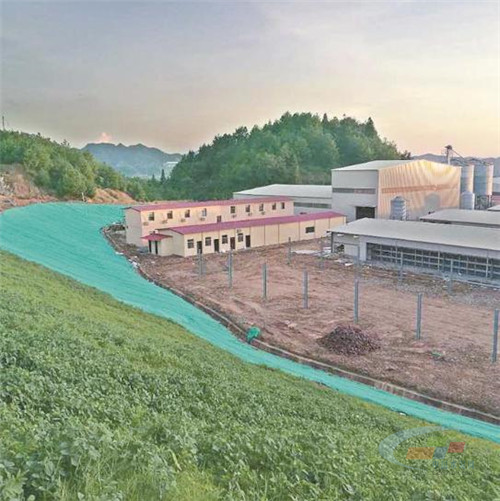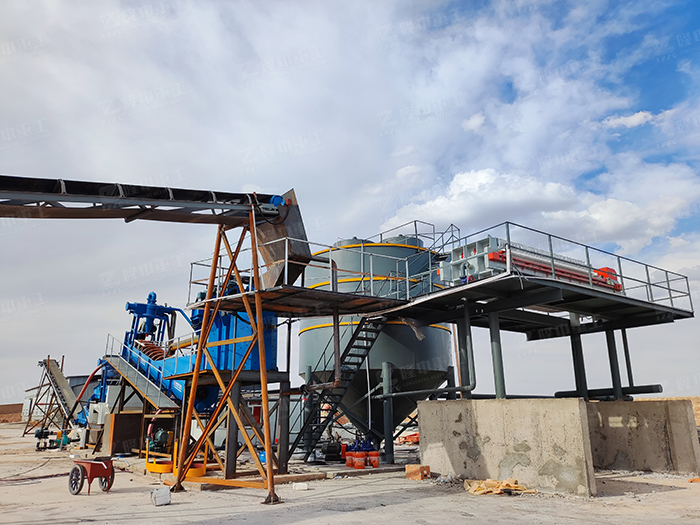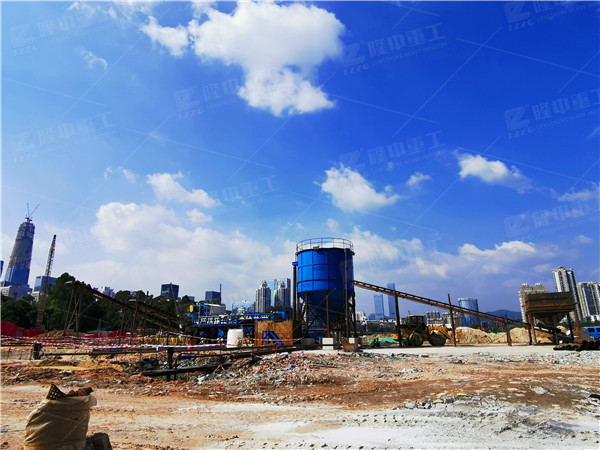The Yinding Cape abandoned mine treatment project is one of the ecological protection and restoration projects in the Minjiang River Basin in Fujian Province. Datian has been mining for more than 700 years. The Yinding Cape mine has been dug for more than 500 years, and the slag piles are dozens of meters high. The long-term accumulation of slag and mine development, especially the use of large-scale machinery in the past 30 years, has caused serious environmental damage and ravines in the mining area. In recent years, although a large amount of funds have been invested in governance, the overall effect of ecological restoration and governance is not obvious due to the wide range of abandoned mines.

Since the implementation of the project of ecological protection and restoration of mountains, waters, forests, fields, lakes and grasses, Datian County has adopted three schemes for ecological restoration and management in accordance with the different conditions of the 3 mine areas.
2017 began trial planting of reeds in the treatment area, but the reeds wilted as soon as winter came. Later, Pinus massoniana began to be interplanted, and then trial planting and interplanting were continued to select good varieties of plants suitable for local growth. “Now 9 varieties have been interplanted at once, combining grass, trees and shrubs.
At present, most areas of Yinding Cape, Matou Cape, and the three mining areas before the collapse have been excavated into multi-level platforms, with single-level slopes ranging from 15 meters to 35 meters high. Engineering measures such as slope cutting and load reduction are adopted to improve the slope stability. Reinforced concrete flood interception and drainage ditches are set up on each platform to dredge the water channels in each area.
“We mainly adopt to weaken the acidity and improve the soil; at the same time, the plant varieties planted in a reasonable proportion.” Wu Kun, a technician in the C bid section of Yinding Cape, told reporters. The proportion of slope plants is 60% for herbs, 30% for shrubs, and 10% for arbor, mixed with cutting grooves and sowing grass seeds for greening. The herbs mainly choose bermudagrass, white grass, tall fescue, crotalaria and so on. The shrubs are mainly myrtle, magnolia, and wild bean, and the arbor is masson pine, Schima superba, paper mulberry, etc.
For strongly acidic soils, where plants cannot be sown directly, use the “sowing limestone + covering special waterproof blanket”. The characteristic of the waterproof blanket is to add a layer of plant growth nutrition layer on the sodium bentonite waterproof blanket, the lower layer is impervious and water-retaining, and the upper layer provides sufficient nutrients for the plants.






